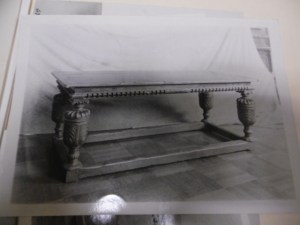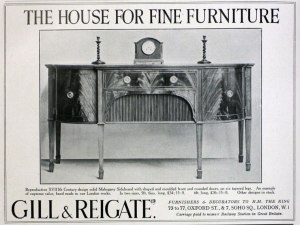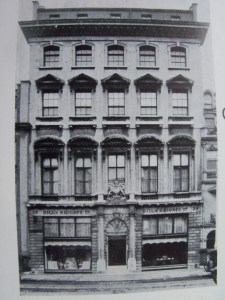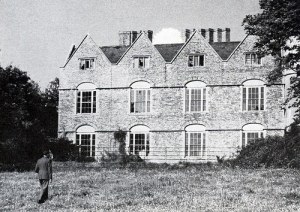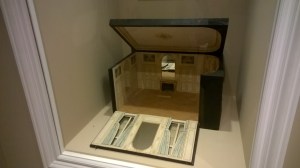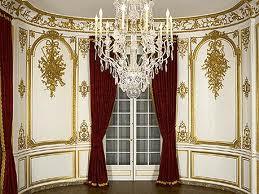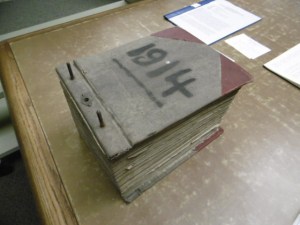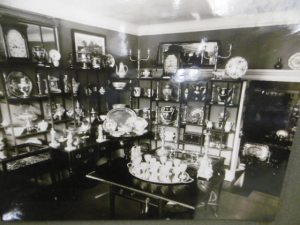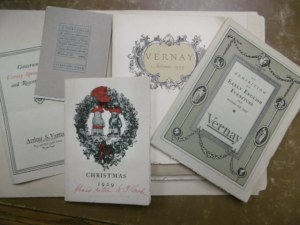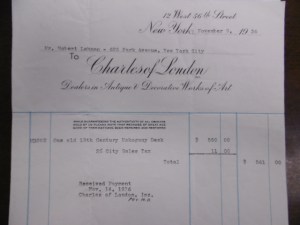For those of you that have been following the Antique Dealer Project blog, you’ll know that the question of how one draws the defining line around ‘antique dealers/antique dealing’ has been something that has been a consistent focus in the development of the project. Indeed, one of the objectives of our forthcoming ‘interactive antique dealer’ website (YES…it’s on its way very soon!..at last!) is precisely to allow us to further reflect on the changing parameters of ‘antique dealing’, as a set of social, cultural, economic, and political practices. For earlier blog posts on these changing parameters, see reflections on the changing definitions of ‘antique dealers’ and the richly patterned semantic shifts in the classifications in the antique trade, in posts on ‘Semantics’; ‘Connell & Sons’; ‘the architecture of the trade’; and ‘antique dealing and other practices’.
Anyway, whilst at The Getty Research Institute for the History of Art and the Humanities, (The GRI) in the Special Collections and Visual Resources room as part of the USA research trip, I came across a newspaper clipping in the French & Company papers (ref. 990051, Box 9) – French & Co were mentioned in the newspaper article, hence the inclusion of the clipping in the archive.
The clipping was from The New York Herald, (Saturday 8th July, 1916, p.3); it is a fascinating, and somewhat provocative, article entitled ‘Art and Junk are One under French Law and Junkmen and Antiquaries are Equal‘, which was composed by one of the Herald’s (unnamed) journalists. One could write an essay on the rich series of semantic meanings in the article – and it’s also interesting (to me anyway) that the writer tries (desperately) to separate ‘art’ from ‘junk’…but there’s no space here to deal with the implications of this dichotomy.
The article itself reports on a French legal case, brought against a collector/dealer named Kelekian, who was, according to the Herald, a ‘racing stable proprietor and owner of Art Galleries in Paris, Cairo and New York.’ Essentially it seems that in 1916 the French courts had ruled that art and antique dealers must be classed as 2nd hand dealers, and comply with the requirement that they should make their stock books accessible to the Police and also should be required to ‘wear tags’ to indicate their ‘profession’. There’s a clear rational for this of course, relating to the historical propensity of 2nd hand dealers being the (often unwitting) recipients of stolen goods, hence the introduction of laws that often required dealers in 2nd hand material to hold on to goods for 7 days before selling them on; and the requirement that stock books be open to scrutiny. It is worth mentioning here that the marginal practices of the second-hand trade have often reduced to stereotypes/tropes – Dickens’ ‘Fagin’ is just one of numerous literary constructions that play to those notions.
However, the implications of the French Court ruling, as the writer of the article expressed it, would be that ‘dealers inspired productions of Great Artists are required to Classify themselves with Buyers of Old Junk.’ The writer opined, ‘if junk is art to a Paris Court, specimens of Gothic religious inspiration in sculpture, a Renaissance Poignard hilt, carved by Cellini, and Chippendale furniture are all junk – merely junk!’….and continued ‘the comparison between junk and art is “strange” no matter how the imagination is stretched’, concluding, somewhat hyperbolically, that ‘The End of the World must be at hand’.
You can read the full article, thanks to Fulton History, who have scanned and uploaded the full texts of the New York Herald – see Fulton History – and here’s the scan of the article itself: New York NY Herald 1916 – 6110
BTW – I defy anyone’s eye not to drift towards the contiguous article, entitled ‘Bites Golf Ball; boy may die’ (how could you resist!)…the final paragraph in that article suggests a rather disturbing value structure of the market/economy and that of a human life (if one believes the reporter of course)…………now that must tantalise you to read the PDF?…
The article also contains fascinating interviews (kind of ‘vox pop’) on the French Court ruling with various dealers in New York, including, Stephen Bourgeois, Raymond Guille (of the antique silver dealers, Critchen Brothers) and the famous Joseph Duveen, who, like the gatekeeper to the art market that he was, gave a terse ‘no comment!’……
What is particularly interesting is that the writer in 1916 directs attention to the ambiguity of how, and where, and when, one defines the ‘dealer’. ‘Where is one to draw the line?’, states the writer, emphasising this ‘problem’ by posing the question, would ‘a collector’, ‘selling part of a collection’, be a ‘junkman?’….(in the eyes of the French Law, at least).
It is precisely these shifting frameworks, and the mutability in the notion of the ‘antique dealer’, that is the focus of the current research project.
Mark.



